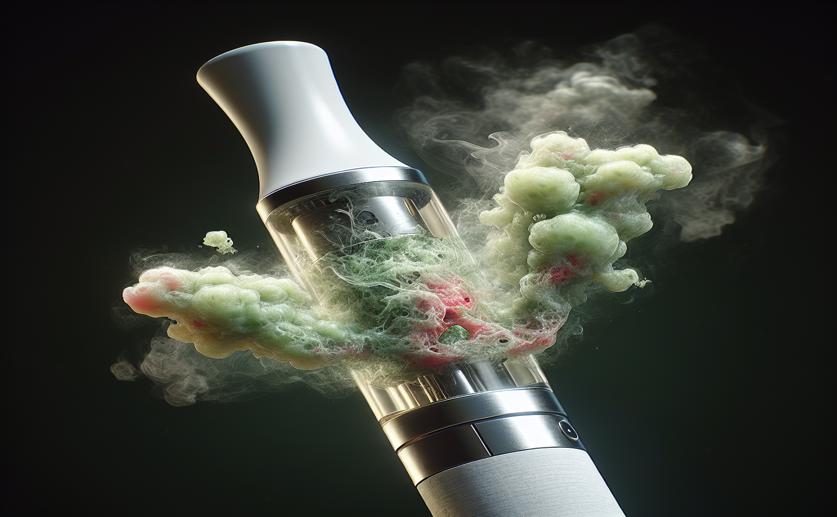
E-cigarette Vapors with Common Ingredients Cause Lung Irritation and Mucus
David Palenski
24th January, 2024

Image Source: Natural Science News, 2024
References
Main Study
1) The combination of propylene glycol and vegetable glycerin e-cigarette aerosols induces airway inflammation and mucus hyperconcentration.
Published 23rd January, 2024
https://doi.org/10.1038/s41598-024-52317-8



 18th January, 2024 | David Palenski
18th January, 2024 | David Palenski